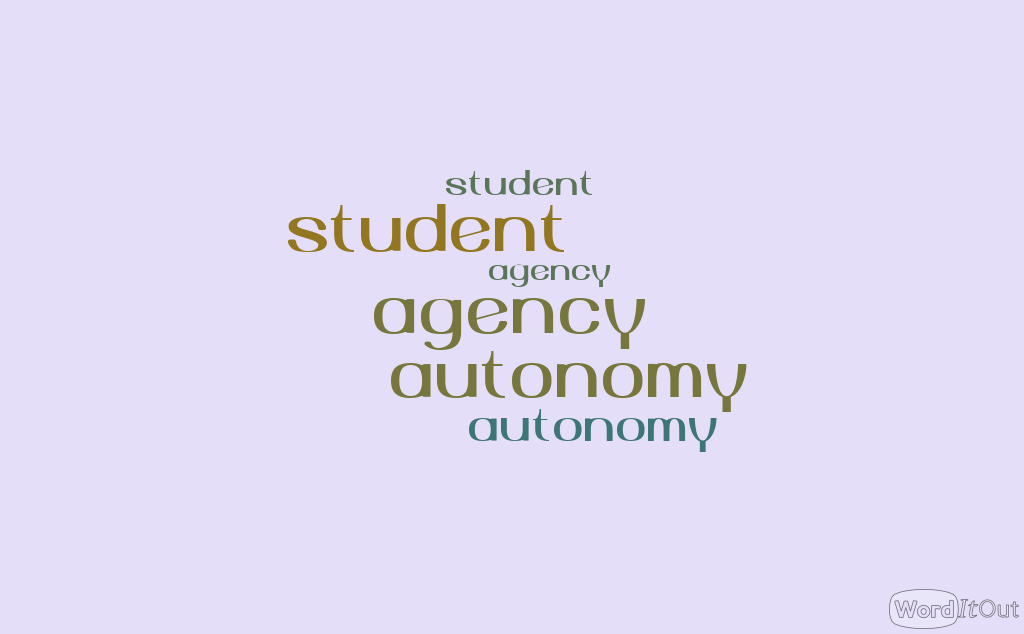Providing students with various platforms and activities where they can voice their learning helps create an engaging learning environment where students feel autonomous in their learning journey. As Gao (2013) suggests, educators can be involved in their learners’ reflective thinking, where they together assess prioritizing students’ “concerns, desires, and visions” (p.236) and examine further “learning paths” (p.236) in order to promote students’ autonomous language learning.
I’d like to suggest a few ways we can create an environment where students can thrive while strengthening their agency and autonomy:
- Create a reflective audio/video/written journal, where the student would create reflections on an ongoing basis. This could be an LMS audio/video recording tool, voice thread, an LMS discussion board, or any other Ed-tech tool at our disposal.
- If teaching online, create an introductory video for the first session, introducing all course resources/assignments in the video and asking students to watch the video before attending the first class. This would free up the first session to meet one-on-one with every student while others are in breakout rooms working on an activity together or filling out a learning goal sheet for the course.
- As a follow-up, create a platform for students to post their learning goals for the course. This could be followed by weekly reflections on their learning or creating assignments that students would complete in the form of a reflection.
- If teaching OSLT, you could create an excel sheet and ask students to navigate their learning goals by filling out an excel sheet on their desired job position, required qualifications, hard and soft skills, resources and programs, networking skills, mentorship, co-ops, and volunteering positions. This could be followed up by students being placed in breakout rooms and presenting their research on their career paths.
- Another platform to use for student reflections could be discussion boards. If teaching a writing course, post a sample writing and ask students to edit the piece and post their edited version as an alternative form of reflecting. Going over the final edited piece posted by the instructor would be a definite, engaging activity where students are invested, looking for the right edited version of the writing piece.
How have you incorporated student autonomy into your lessons and classroom discussion?
References

